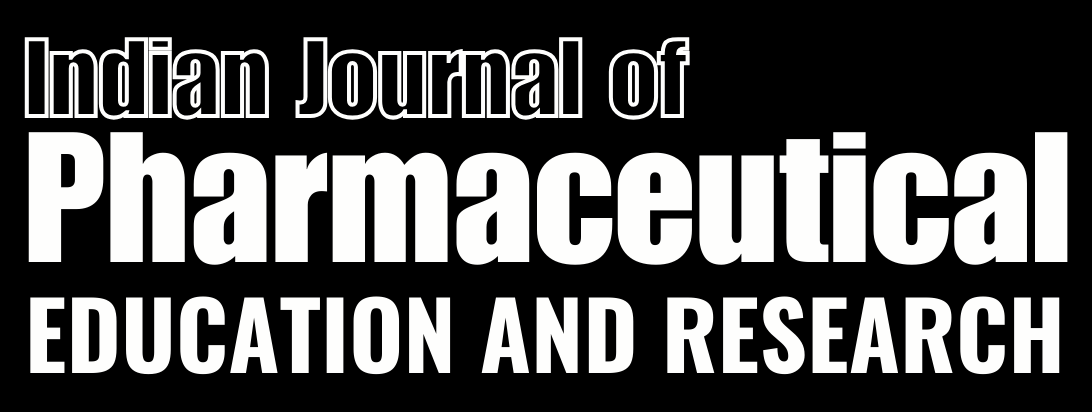ABSTRACT
Objectives:
Cisplatin is a widely used chemotherapeutic agent used in various cancers, but its clinical use is limited due to its dose-dependent toxicity, especially nephrotoxicity. Flavonoids are a class of natural compounds that often show kidney-protecting function. The current study aimed to investigate the probable mechanism of morin, a flavonoid in cisplatin-induced nephrotoxicity and the involvement of Nrf2 pathways in managing the stress induced in HEK 293 cells.
Materials and Methods:
Cytotoxicity and nephroprotection of morin in cisplatin-treated HEK 293 cells were evaluated by the Alamar Blue assay. DCFDA analysis evaluated the morin efficacy in suppressing ROS generated with cisplatin treatment. Molecular docking tools were used to predict the affinity of morin for the Nrf2 binding site on the Keap1 protein. Later, real-time PCR was used to estimate gene expression levels related to oxidative pathways, especially Nrf2 and HMOX1 gene expression.
Results:
The results showed that Morin has minimum or no cytotoxicity in the HEK 293 cells up to 100 μg/mL, establishing its safety profile for further analysis. There was significant nephroprotection by morin, even at lower doses, with reduced ROS levels and protection from cellular damage. Molecular docking studies revealed a strong affinity of morin for the Nrf2 binding site on the Keap1 protein, with a docking score of -7.7 kcal/mol. This indicates its potential to disrupt Keap1-Nrf2 interaction. Subsequent real-time PCR analysis confirmed upregulation of Nrf2 and HMOX1 gene expression, suggesting activation of antioxidant pathways
Conclusion:
These findings highlight morin as a promising candidate for mitigating cisplatin-induced nephrotoxicity via the Nrf2/HMMOX-1 axis, warranting further preclinical and clinical investigations.


